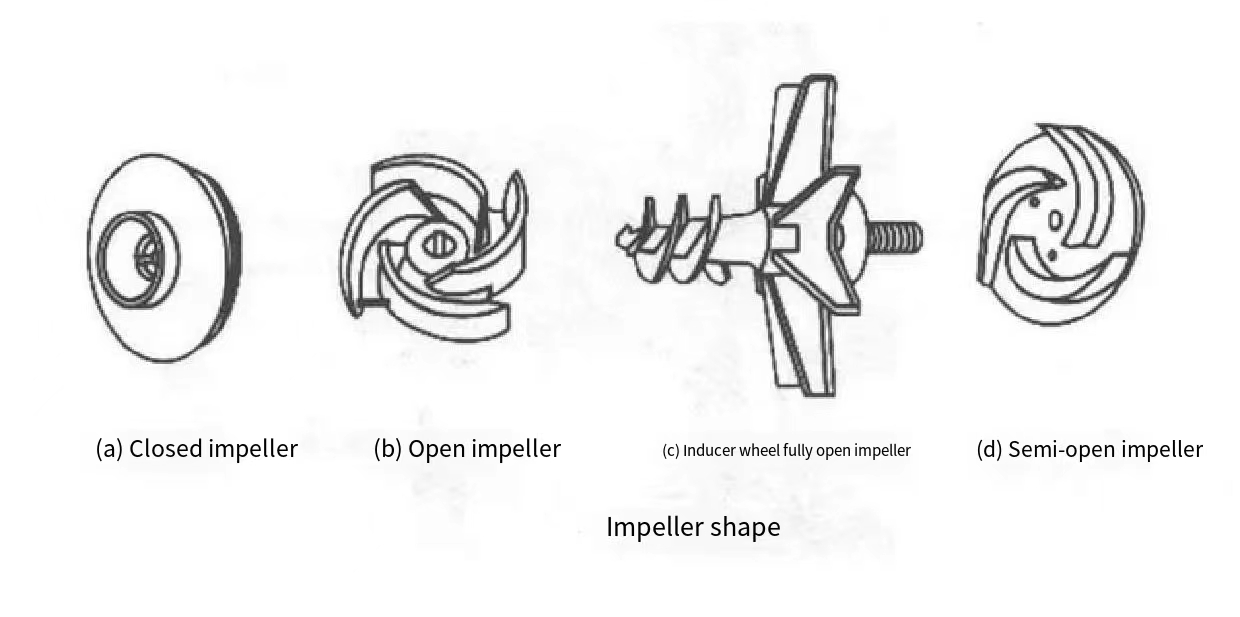What is the role of the impeller design of the drainage pump
The impeller design of the drainage pump not only affects the pump's liquid transmission and pressurization capabilities, but is also directly related to the pump's performance, efficiency, stability and service life. Therefore, when designing and selecting a drainage pump, the design of the impeller is a key factor that must be carefully considered. The following is a detailed explanation of the role of the impeller design:
Liquid transmission and pressurization:
The impeller is the core component of the drainage pump, and its main function is to convert the original liquid into kinetic energy and static energy.
When the drainage pump rotates, the impeller will also rotate with it, accelerating the flow of liquid and effectively transporting the liquid from the suction port of the pump to the discharge port.
Performance and efficiency:
The rationality and quality of the impeller design directly affect the performance and efficiency of the pump.
A good impeller design can ensure the efficient operation of the pump and make it more durable.
Matching with other pump parameters:
The impeller design should match the flow rate, head and self-priming capacity of the drainage pump.
If the impeller design is unreasonable, the performance of the pump will be unstable, and it may even fail and be damaged during operation.

Preventing liquid overflow and deviation:
The flow channel design of the impeller must be reasonable to prevent the liquid from overflowing or deviating during high-speed rotation.
Reasonable flow channel design can ensure the stable flow of liquid in the impeller, improve the efficiency of the pump and reduce the risk of damage.
Improve the single-stage head and efficiency of the pump:
Certain impeller designs, such as the front cover plate diameter equal to the pump body inner wall diameter and the specific value of the rear cover plate diameter, can help improve the single-stage head and efficiency of the pump.
Axial force balance:
The design of the impeller also takes into account the balance of axial force, such as the use of end face seals, sliding fits, etc., to ensure the automatic balance of axial force on the impeller and reduce the wear and vibration of the pump body.
Impeller type and efficiency:
The type of impeller will also affect the efficiency of the pump. For example, closed impellers are more efficient when conveying clean water and clean liquids with low viscosity; while semi-open impellers are suitable for the refining industry, which is less difficult to manufacture and has lower costs.
In summary,




